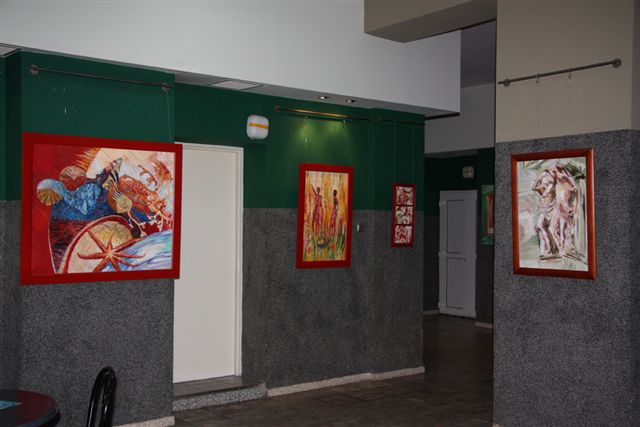Wine Tasting
페이지 정보
조회 10회 작성일 24-11-22 11:47본문
Wine Tasting
What is a wine tasting particular person called?
A wine tasting particular person is sometimes called a oenophile. This time period describes somebody who has a love for wine and appreciates its various qualities.
Do you eat during a wine tasting?
When attending a wine tasting, it's fairly widespread to include some meals in the experience. While the primary focus is on sampling varied wines, meals can enhance the overall tasting experience.
Why Eat During a Wine Tasting?
Eating during a wine tasting helps to:
- Balance Tannins: Foods can soften the astringency of high-tannin wines.
- Enhance Flavors: Pairing food with wine can deliver out unique flavors in both the wine and the dish.
- Prevent Overindulgence: Having food can help mitigate the results of alcohol, permitting for a more gratifying tasting session.
What to Eat?
Typically, mild snacks are provided at wine tastings. These would possibly embody:
- Cheese platters
- Charcuterie boards
- Olives and nuts
- Breads and crackers
In abstract, while you do not have to eat during a wine tasting, together with meals can improve your experience and permit for better appreciation of the wines being sampled.
What are the processing steps of wine?
The processing steps of wine involve several levels that remodel grape juice into the completed product enjoyed in wine tasting. Each step performs a vital role in figuring out the wine's flavor, aroma, and general high quality.
1. Harvesting
The first step in the winemaking process is harvesting the grapes. This can be accomplished both by hand or using machines, sometimes taking place in late summer or early fall when the grapes attain their optimal ripeness.
2. Crushing and Destemming
After harvesting, the grapes are crushed to release their juice. This course of may involve destemming, the place stems are removed to avoid bitterness within the ultimate product. The result's a combination of juice, skins, and seeds generally known as must.
3. Fermentation
The should undergoes fermentation, the place yeast is added to transform sugars into alcohol and carbon dioxide. This step can take from several days to weeks, and the temperature is fastidiously managed to make sure optimal fermentation.
4. Pressing
After fermentation, the wine is pressed to separate the liquid from the solids. This step is crucial, particularly for purple wines, to extract colour and tannins from the skins. The pressed juice is collected as the new wine.
5. Aging
The wine is then aged in varied containers, corresponding to chrome steel tanks or oak barrels. Aging can last from a couple of months to several years and allows the wine to develop complexity and depth of flavor.
6. Clarification
Before bottling, OP the wine undergoes clarification to take away any remaining solids. This is usually achieved via techniques like filtration or fining, resulting in a clearer and extra visually appealing wine.
7. Bottling
Once clarified, the wine is prepared for bottling. It could undergo a last adjustment of acidity or sweetness before being sealed in bottles, ready for distribution and tasting.

8. Enjoyment
Finally, the completed wine is ready for tasting. Enthusiasts can appreciate its distinctive flavors and aromas that resulted from the meticulous winemaking process.
Each of these steps contributes to the wine's character, making the experience of wine tasting an exploration of the artistry and science behind winemaking.
- 이전글No-Fax Payday Loans Explained 24.11.22
- 다음글The Lost Secret Of Декоративные Наклейки И Трафареты 24.11.22

